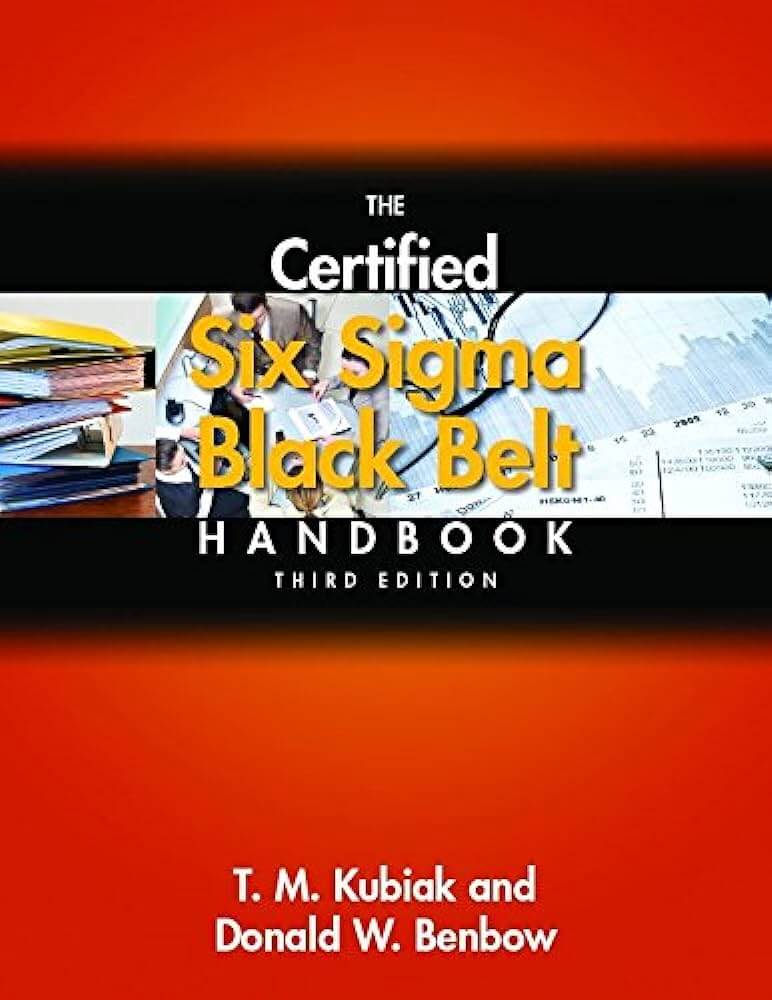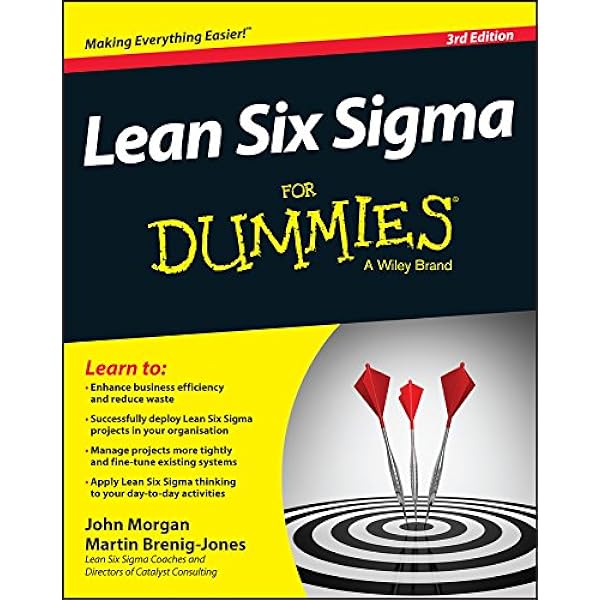
Six Sigma is a set of techniques and tools aimed at process improvement. The methodology seeks to improve the quality of process outputs by identifying and removing causes of defects. Six Sigma certification is highly valued in various industries, and achieving a Black Belt in Six Sigma can significantly boost your career.
This blog post aims to provide a comprehensive guide on essential reading and resources for aspiring Six Sigma Black Belt candidates.
Top Recommended Books for Six Sigma Black Belt Aspirants
Books for Beginners
1. The Certified Six Sigma Black Belt Handbook – T.M. Kubiak and Donald W. Benbow
Image Source: Amazon
- Year of Release: 2016
- Good Reads Rating: 3.9
- Summary: For all Six Sigma Black Belts (or those aspiring to earn one), the most complete resource accessible is the Certified Six Sigma Black Belt Handbook. This book covers every facet of Six Sigma, including its background and relevance, the role of the customer, project management, the necessary tools and processes, testing and analysis, lean enterprise, failure mode, and effects analysis, design for Six Sigma (DFSS), and much more.
Two exceptionally skilled specialists wrote them. As the body of information needed to pass the ASQ Certified Six Sigma Black Belt exam changes, the authors numbered the chapters accordingly.
2. Lean Six Sigma for Dummies – John Morgan, Martin Brenig-Jones
mage Source: Amazon
- Year of Release: 2010
- Good Reads Rating: 3.6
- Summary: Because of the expanding business sector, there is a significant need for higher speed and quality for all types of projects in both small and large enterprises.
Lean Six Sigma combines the two most well-known techniques for process improvement, Six Sigma (which focuses on improving work quality and productivity) and Lean Six Sigma (which focuses on increasing work speed and efficiency).
This book is regarded as one of the best Six Sigma for beginners since it is written in easy language and supplemented by excellent examples. This book on Lean Six Sigma also includes basic strategies and tools for use in the workplace.
3. Six Sigma: A Complete Step-by-Step Guide – Craig Joseph Setter and the Council for Six Sigma Certification

- Year of Release: 2018
- Good Reads Rating: 4.2
- Summary: Whether your goal is to attain a significant increase in income through Six Sigma Certification or to learn about the methods and resources required to support quality improvement initiatives, this handbook provides the finest value on the market. Everything is covered, from the fundamental concepts of white and yellow belts to the advanced knowledge needed to earn a black belt.
Books for Advanced Learners
1. Lean Six Sigma Service Excellence – Gerald Taylor
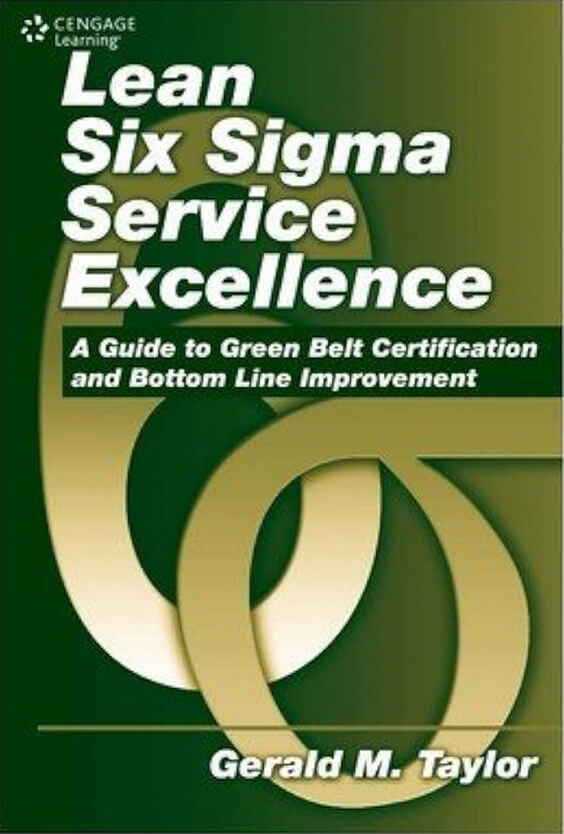
Year of Release: 2008
- Good Reads Rating: 3.7
- Summary: Together with detailed examples of how to apply each of the main tools in practical situations, this book provides an overview of Lean Six Sigma concepts. After that, readers will put their newly learned material to the test by working through several tasks.
Lean Six Sigma Service Excellence aims to help executives and managers in service and transactional organizations understand how to use efficiency as a differentiator to gain and maintain a competitive advantage in non-manufacturing settings.
2. Statistics for Six Sigma Black Belts – Matthew A. Barsalou
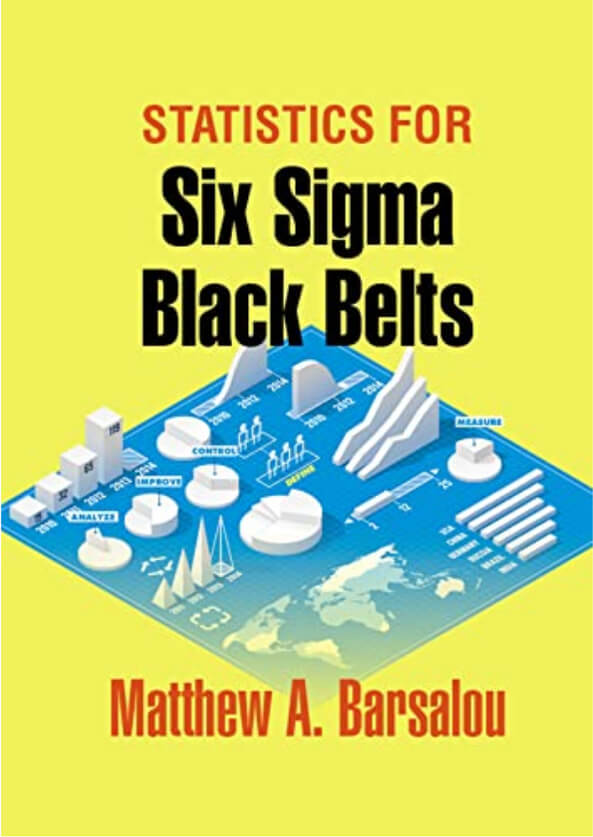
- Year of Release: 2015
- Good Reads Rating: 5
- Summary: The target audience for this book is Six Sigma Black Belts, who need to understand various statistical approaches but do not routinely use them all. It is a quick reference that contains important information, step-by-step instructions, and instructions for using Minitab statistical software.
Six Sigma Black Belts generally perform computations using statistical software like Minitab, but they must still understand the underlying data.
3. The Quality Toolbox: Nancy R. Tague
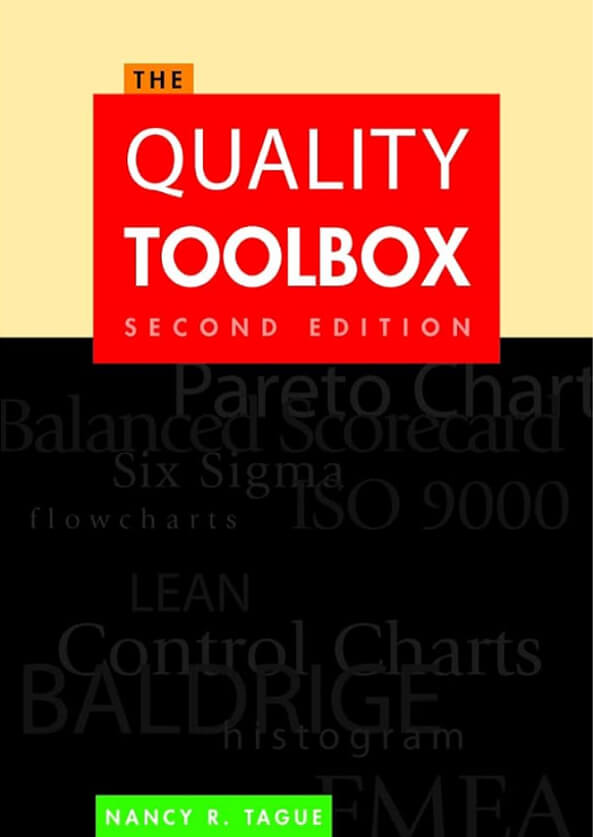
- Year of Release: 2004
- Good Reads Rating: 4.4
- Summary: The book teaches TQM team members how to use tools for process reviews, root cause analysis, and concept development, as well as evaluation tools like flowcharts and matrices, data collection and analysis techniques, and other tools.
Along with numerous diagrams, charts, and checklist examples, the book provides users with a tool matrix chart to assist them in choosing the appropriate tool.
Diverse Avenues for Mastering Six Sigma: A Closer Look

Image Source: Pexels
Tailored Learning Experiences in Six Sigma Training
Six Sigma training sessions are far from one-size-fits-all. Each training module is designed to bring out unique skills and talents in the participants. Whether honing your problem-solving abilities or diving deep into root-cause analysis, Six Sigma training aims to elevate your analytical prowess. The training environment is often dynamic, fostering a culture of continuous learning and innovation.
The Role of Leadership in Six Sigma Projects
In Six Sigma, leadership isn’t just a title; it’s a responsibility that comes with the territory. Leading a Six Sigma project requires a well-rounded team, each member bringing a unique skill set.
Quality management training is crucial in this regard, as it equips team members with the necessary tools to contribute effectively to the project’s success. Effective leadership in Six Sigma is about orchestrating a symphony of diverse skills to achieve a common goal.
The Underestimated Value of Six Sigma in Business Growth
Six Sigma is often seen as a set of tools and techniques for process improvement, but its impact goes beyond that. It offers a framework for overall business growth.
A team trained in Six Sigma can significantly contribute to a company’s success, from streamlining operations to enhancing customer satisfaction. Unfortunately, the full potential of Six Sigma is often underestimated in many business settings, leaving a wealth of untapped growth opportunities.
Legitimate Certifications for Remote Learning
In today’s digital age, acquiring a Six Sigma certification has always been challenging. Various reputable organizations offer online Six Sigma courses that you can take from the comfort of your home. These certifications are not just pieces of paper but a testament to your skills and commitment to continuous improvement.
Economical Online Tutorials for Skill Enhancement
Worry not if you’re on a budget but still want to learn Six Sigma. Numerous online tutorials are available either for free or at a minimal cost. These tutorials can serve as an excellent starting point for those new to Six Sigma or as a refresher course for those looking to update their skills.
The Significance of Six Sigma Certification in Today’s World
Career Advancement: More Than Just a Resume Booster
Six Sigma certification is not merely a credential to add to your resume; it’s a testament to your expertise in process improvement and data-driven decision-making. This globally recognized certification can be a game-changer for your career. It enhances your employability and opens doors to higher-level positions within an organization.
In today’s competitive job market, having a Six Sigma certification can give you an edge over others, especially for roles like data scientists, process improvement experts, project managers, and consultants. It validates your commitment to mastering complex analytical methods to improve business processes and maximize efficiency.
Business Efficiency: A Catalyst for Organizational Success
In business, efficiency is the key to success, and Six Sigma certification is often considered the gold standard for achieving it. Businesses across various sectors, including manufacturing and healthcare, value Six Sigma certification highly. It’s not just about streamlining operations; it’s about transforming how a business functions. Six Sigma methods can help organizations reduce risk exposure by identifying and improving failure-prone processes. This, in turn, leads to cost reduction and revenue improvement.
-
Compliance with Industry Regulations
One of the lesser-known but equally important benefits of Six Sigma certification is its role in ensuring compliance with industry regulations. Six Sigma techniques can help companies align their processes with state, national, or even global quality standards, whether it’s banking, insurance, or manufacturing. This is crucial for maintaining a competitive edge and adapting to market changes.
-
Enhancing Customer Satisfaction
Six Sigma doesn’t just focus on internal processes; it also aims to improve customer satisfaction. Companies can deliver better products and services by focusing on quality control and reducing errors. This retains existing customers and attracts new ones through positive word-of-mouth and recommendations.
-
Building Credibility and Trust Among Investors
Investors are more likely to invest in a company prioritizes quality and efficiency. Six Sigma certification among employees can signal to investors that the company is committed to these principles. This increased credibility can lead to more investment opportunities and business growth.
Choosing the Right Six Sigma Belt for Your Career
Six Sigma has a range of certification levels, symbolized by distinct belt colors: White, Yellow, Green, Black, and Master Black Belt. Each level signifies a unique combination of skills and responsibilities. For example, Black Belts are pivotal, driving organization-wide changes and mentoring those at lower belt levels. Selecting the most suitable belt is not just a matter of personal preference; it’s about aligning with your career aspirations, the competencies you aim to master, and your current or desired role within an organization.
At Air Academy, we understand the importance of this decision. Our comprehensive Six Sigma training programs are meticulously designed to cater to your needs. Whether you’re just starting and looking at a White or Yellow Belt to ground you in the basics or aiming for the strategic and leadership prowess of a Black or Master Black Belt, our courses are tailored to help you excel. We emphasize practical skills and real-world applications, ensuring that what you learn is directly transferable to your workplace.
Conclusion
Achieving a Six Sigma Black Belt certification can be challenging but is incredibly rewarding for your career. The above resources can serve as a solid foundation for your Six Sigma journey. Whether you are a beginner or an advanced learner, these books and online resources will provide you with the knowledge and skills you need to excel in the Six Sigma certification exams.
Looking to become a certified Lean Six Sigma Black Belt? Look no further! Join Air Academy Associates’ online course and gain the skills and knowledge needed to excel in process improvement. Enroll today and unlock your potential!

